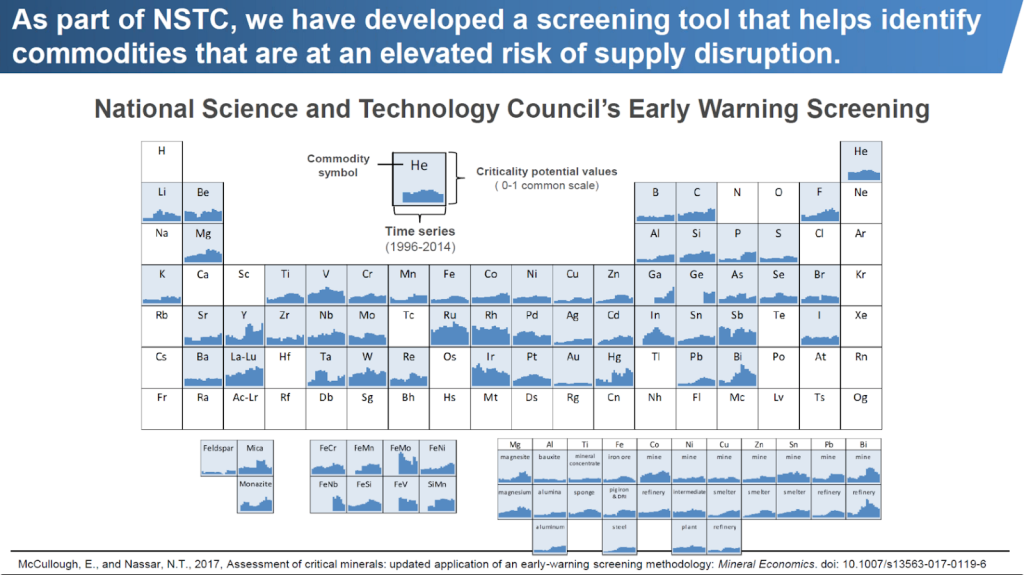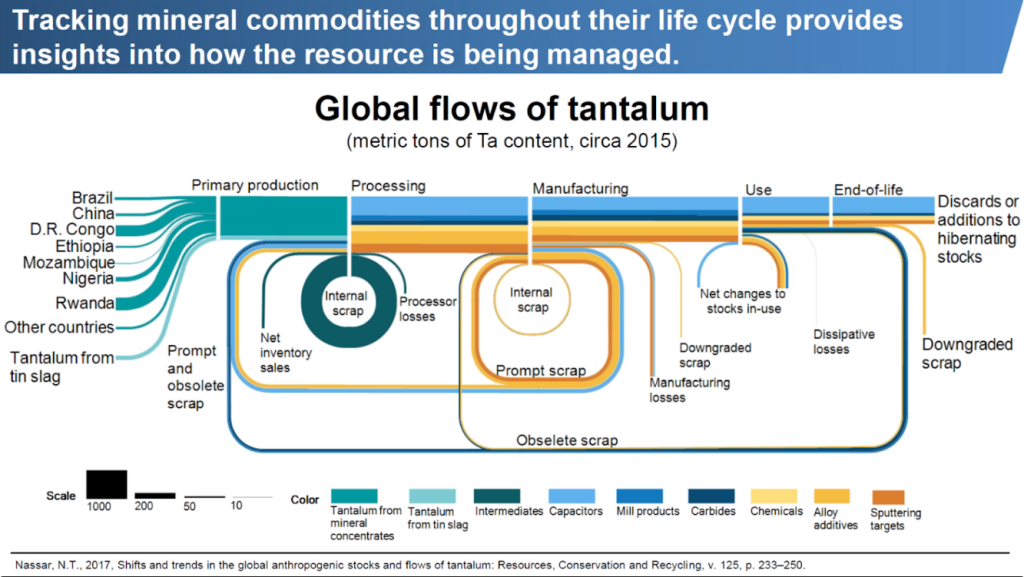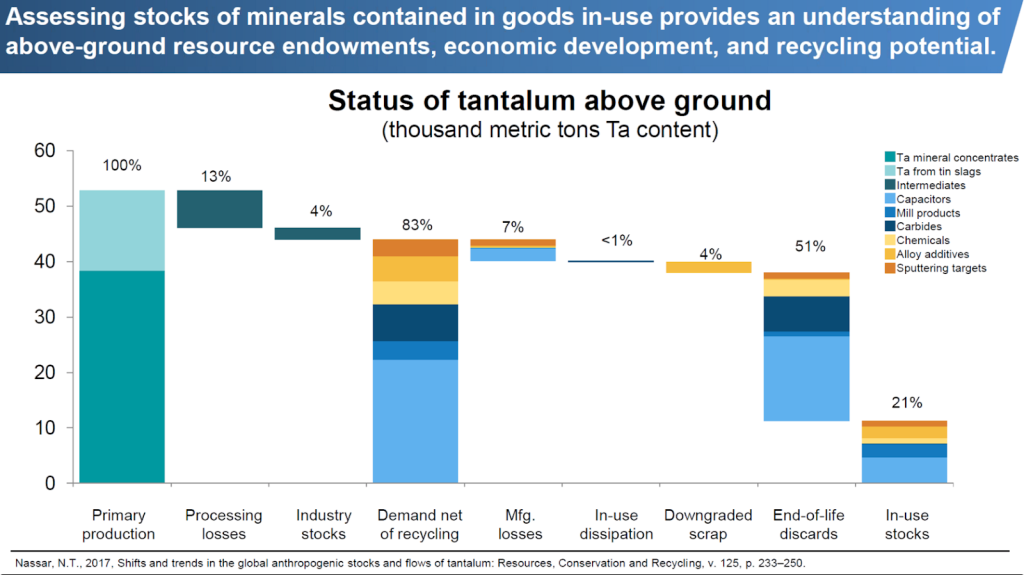
Blog > Critical Minerals and the Mining Report
Critical Minerals and the Mining Report
Many changes in the law and political maneuvering may have a strong impact on the watershed via mining operations. The U.S. Environmental Protection Agency and Department of Interior administrators, who are politically appointed, are rolling back or blocking laws, increasing the hunt for minerals, and easing accessibility of those minerals to those who may exploit them. Read below for more information.
January-February 2018 Mining Report
by Kathleen M. Heideman
Federal Actions
Rollback of EPA Clean Water Act – Waters of the U.S. Rule
- New York Times: EPA Blocks Obama-Era Clean Water Rule
“Among Mr. Trump’s first actions in office was an executive order directing his Environmental Protection Agency administrator, Scott Pruitt, to begin the legal process of rescinding the rule and replacing it with a more industry-friendly alternative.” http://nyti.ms/2FdTKyK - “Farmers, real estate developers, golf course owners and many Republican politicians opposed an Obama-era clarification of the Clean Water Act, called the Waters of the United States rule,that extended protections to small waterways. Under Mr. Trump’s direction, Mr. Pruitt issued a proposal in June 2017 to roll back the expanded definition. In January 2018, the Supreme Court ruled that challenges to the rule must be heard in district courts rather than in appeals courts. Later that month the E.P.A. formally suspended the rule for two years. The next day the New York attorney general vowed to sue to block the suspension”
- Center for Biological Diversity has filed a Notice of Intent to Sue over violations of the Endangered Species Act caused by controversial “applicability date” – language added to the Clean Water Act: CBD give notice of intent to sue over violations of ESA
Department of the Interior orders Survey of “Critical Minerals”
- Secretary Zinke Signs Order to Begin Process of Creating First Ever National Survey of Critical Minerals
The USGS has been ordered to produce (long underway in some areas) “the first nationwide geological and topographical survey of the United States in modern history. The order also directs Interior bureaus to begin work on identifying immediate domestic sources for critical minerals.” - A draft list of minerals that DOI published as critical to the United States includes 35 mineral commodities, such as aluminum—used in almost all sectors of the economy; the platinum group metals—used for catalytic agents; rare-earth elements—used in batteries and electronics; tin—used as protective coatings and alloys for steel; and titanium—overwhelmingly used as a white pigment or as a metal alloy.
- CRITICAL LIST: Aluminum (bauxite), antimony, arsenic, barite, beryllium, bismuth, cesium, chromium, cobalt, fluorspar, gallium, germanium, graphite (natural), hafnium, helium, indium, lithium, magnesium, manganese, niobium, platinum group metals, potash, rare earth elements group, rhenium, rubidium, scandium, strontium, tantalum, tellurium, tin, titanium, tungsten, uranium, vanadium, and zirconium.
- NOTE: “Several of the materials on the draft list can only be recovered cost effectively as byproducts of other more common mineral commodities which may not meet the criteria for being included on the draft list. Tellurium, for example, is a byproduct of copper refining.”
- See the notice found in the Federal Register. Public Comments are being accepted:
https://www.federalregister.gov/documents/2018/02/16/2018-03219/draft-list-of-critical-minerals - In addition to identifying domestic sources for all the ‘critical’ materials, environmentalists should expect a strong political push for further use of federal lands for mineral extraction, accompanied by streamlined environmental permitting, which mining lobbyists call permitting reform. Zinke’s December press release concludes: “our miners and producers are currently limited by a lack of comprehensive, machine-readable data concerning topographical, geological, and geophysical surveys; permitting delays; and the potential for extended litigation when permits are issued.”
EPA Hardrock Mining Cleanup Rule Blocked
- EPA Determines Risks from Hardrock Mining Industry Minimal – No Need for Reclamation Bonding:
- “After careful analysis of public comments, the statutory authority, and the record for this rulemaking, EPA is confident that modern industry practices, along with existing state and federal requirements address risks from operating hardrock mining facilities,” said EPA Administrator Scott Pruitt. “Additional financial assurance requirements are unnecessary and would impose an undue burden on this important sector of the American economy and rural America, where most of these mining jobs are based.”
- EPA Determines Risks from Hardrock Mining are Minimal
- https://www.epa.gov/superfund/superfund-financial-responsibility
About Critical Metals and Critical Minerals
A webinar hosted by the American Geosciences occurred in January that was dedicated to the “Tracking the Global Supply of Critical Materials” issue (Nedal Nassar and Vitor Correia). “No country in the world produces all of the mineral resources necessary for modern society. International trade plays a critical role in providing these raw materials, forming a global network of production, export, import, and use. This network must continuously adapt to national and international developments in science, technology, politics, and economics. As a result, information on the global flow of raw materials plays a fundamental role in improving national and international resilience to potential supply disruptions and market changes.” Work that is being done to review “criticality’ of each element or commodity.
Viewed in the most positive light, important research is being done to identify the LIFE-CYCLE of each “critical” element, including each element’s sources, amount of waste during milling and manufacturing, major uses, how each product stream must be recaptured and recycled, challenges, etc. If the materials are truly critical, as the government claims, there is enormous opportunity and benefit for any country that can master efficiencies (reduce-reuse-recycle) and “close the loopholes” in the life-cycle. This is especially true for imported critical materials: once materials, embedded in a product or technology, reach a market such as the U.S., the critical materials could be effectively captured for reuse. The potential for capture, given improvements to industrial recycling, could minimize new mining
In reality, much of what is deemed “critical” is being wasted. Recovery is limited by “profitability” and technology and the manufacturer is rarely required to participate in end-of-product-life recycling. In terms of “profitability” the environmental costs of mining and disposal are not reflected in the product cost-benefit analysis, but generally externalized (communities pay for recycling, environmental cleanup, and burdens related to environmental degradations of clean air and water). Life-cycle analysis is clearly an important first step, and has apparently been completed as a “proof of concept” (N.T. Nassar) for some elements. It must be done for all minerals and metals, which seems to be a considerable challenge. Data will require constant updating to be useful. A more skeptical view suggests that the federal government’s interest in finding U.S. sources for all “critical” elements is deeply politicized and probably not practical. Mining lobbyists are using the “criticality” issue to further an anti-environmental agenda, and using “urgency” to gain access to federal lands, including designated national monuments and parks, with streamlined environmental permitting. Since the “Critical Minerals” list includes PGE metals (found at orebodies like Eagle Mine and Back Forty) as well as elements that are byproducts of copper mining, we need to be concerned about the USGS “Critical List” and how it may impact proposed mining on federal forest lands in the U.P.; it remains unclear how this will change mining regulations in Michigan.




